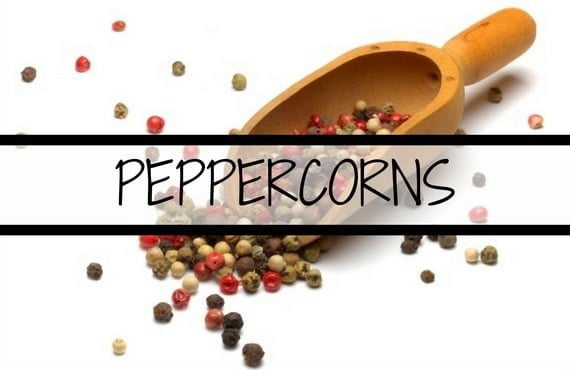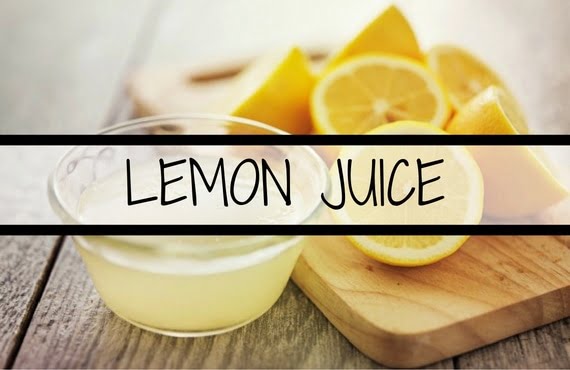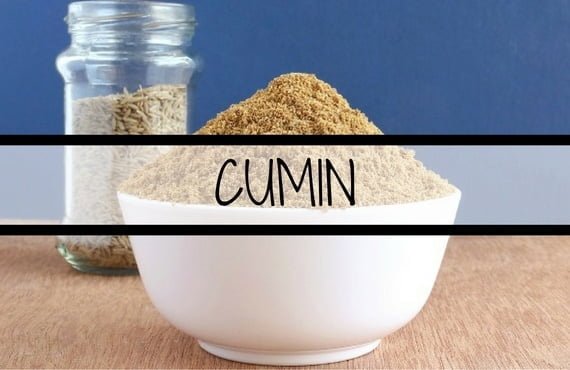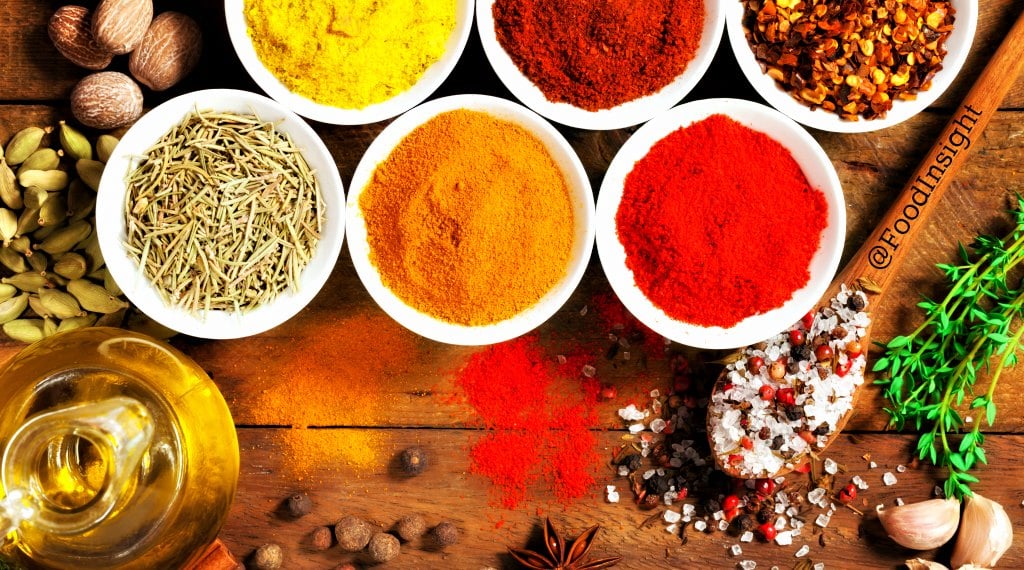Sodium is essential for our bodies to maintain many basic activities — such as muscle contraction and a properly functioning nervous system. However, consistently consuming too much sodium can increase blood pressure and lead to negative health consequences.
The U.S. Dietary Guidelines recommend that adults and children 14 years of age and older consume less than 2,300 milligrams (mg) of sodium per day, yet Americans consume about 3,400 mg of sodium per day. More than 70% of our sodium intake comes from packaged or prepared foods. The other 30% of the sodium that we consume is added during home cooking, added at the table and naturally present in certain foods and beverages.
But there is good news to report. Substituting salt and sodium-containing seasonings with herbs, spices and low-sodium condiments can help to reduce the amount of sodium that we use when cooking at home. Here are six alternatives to salt that don’t fall short on flavor.

Garlic: Garlic is one of the most versatile ingredients that you can keep in stock in your kitchen. Garlic goes well with chicken, fish, meats, pasta and vegetables. Using raw garlic adds pungency and zest, while roasting it provides a sweet and nutty flavor. If you want the flavor of garlic but don’t want to spend the time peeling, chopping and/or roasting it, opt for garlic powder instead. Remember, garlic powder does not contain sodium, but garlic salt does.

Peppercorns: While most people only know peppercorns as the darker salt sidekick, peppercorns are actually dried berries produced by the peppercorn plant, Piper nigrum. Black peppercorns are the most common peppercorn, but they can also be red, green and white depending on when they are harvested and how they are processed. Peppercorns can add welcomed flavor and subtle heat to almost any recipe.

Lemon Juice: Using lemons and lemon juice as an alternative to salt is a great way to brighten up the flavor of your food. Lemon juice pairs well with chicken, fish, vegetables, and even yogurt and desserts. Want even more lemony flavor? Just sprinkle on some lemon zest. And if you really love a lemony flavor, add lemon juice or zest to your marinades.

Cumin: A member of the parsley family, cumin is a dried seed that is sold in whole and ground forms. Used in North African, Arabic, Asian, Mexican and many other cuisines, cumin adds a warm, earthy flavor to food. Cumin is a popular addition to a variety of foods and spice mixes, including chili, curry, falafel, garam marsala, potatoes, soups, stews, taco seasoning and much more.

Balsamic Vinegar: Balsamic vinegar is produced through a slow process that starts with juice from grapes. It has a complex flavor that offers a combination of acidity and sweetness, which allows it to be used in a variety of ways. Balsamic vinegar is a great addition to salads and can also be used as a marinade or glaze with meats and vegetables. It even goes well on some desserts.

Cayenne: Cayenne peppers get their name from their reported origin in Cayenne, French Guiana. Cayenne peppers are thinner and smaller in size than bell peppers, but offer big, spicy flavor. Sold in fresh, dried and ground forms, cayenne pepper goes well in a variety of foods including chilis, guacamoles, salsas, seafood, soups and tacos. If you are trying to reduce your sodium intake and like spicy food, put down the salt shaker and kick up the heat with cayenne.
This article was written by Kris Sollid, RD.
